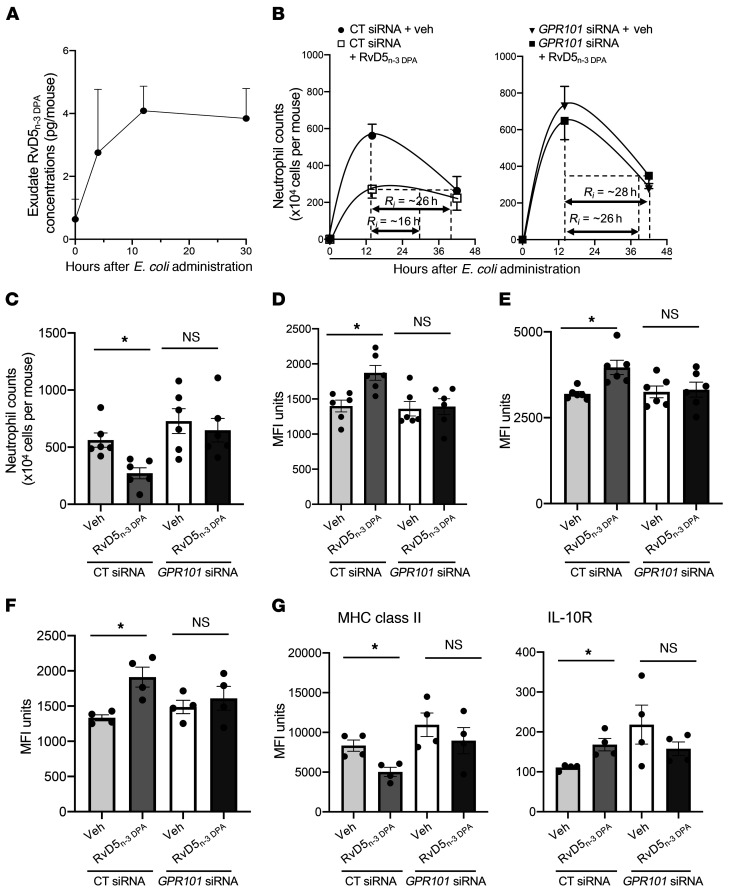Figure 8. Gpr101 knockdown limits the ability of RvD5n-3 DPA to activate host responses to promote the resolution of E. coli infections.
(A) Mice were inoculated with 105 CFU E. coli via i.p. injection and lavages collected at the indicated time intervals before (0 hours) or after inoculation. RvD5n-3 DPA concentrations were determined using lipid mediator profiling. Results represent the mean ± SEM (n = 3 mice per group). (B) Mice were administered 9 μg siRNA against mouse Gpr101 or a scrambled control sequence, and after 72 hours, they were administered RvD5n-3 DPA (100 ng/mouse) or vehicle control (PBS containing 0.1% ethanol) and then inoculated with 105 CFU E. coli via i.p. injection. (C) Fourteen-hour exudate neutrophil counts. Results represent the mean ± SEM (n = 6 mice per group from 2 distinct experiments). (D and E) Bacterial phagocytosis was determined in exudate (D) neutrophils and (E) macrophages at the 14-hour interval using flow cytometry. (F) Efferocytosis was determined at the 14-hour interval in CD64+F4/80+ macrophages using flow cytometry. (G) The expression of MHC class II and IL-10R was assessed in CD64+F4/80+ macrophages using flow cytometry. Results represent the mean ± SEM (n = 6 mice per group from 2 distinct experiments). *P < 0.05 versus the vehicle-treated group; Kruskal-Wallis test with Dunn’s post hoc multiple comparisons test (C–G).

